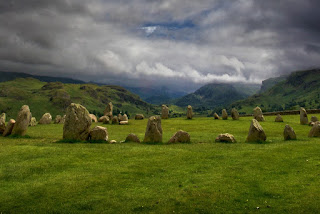Last Saturday I fell off a ladder...or more precisely, the ladder fell out from under me. Stupid mistake middle age guys make all the time. Cleaning gutters. Ladder was set on a slippery deck, no one spotting me at the bottom.
I get near the roof and notice the ladder slipping out from under me. Wiley Coyote moment mid-air, thinking 'this can't be happening', then nothing.
Awaken minutes later with my son standing over me saying 'Dad, don't move...'
Couldn't if I wanted...so much pain. Sirens wailing in the distance, getting closer.
Medics check me out, strap me to the gurney. Then off to Harborview where I'll be slid from one CAT scan and x-ray machine to the next over the next several hours.
Finally, after 14 hours in the ER, they release me with a fractured clavicle, 5 broken ribs and a load of oxycodone.
I get near the roof and notice the ladder slipping out from under me. Wiley Coyote moment mid-air, thinking 'this can't be happening', then nothing.
Awaken minutes later with my son standing over me saying 'Dad, don't move...'
Couldn't if I wanted...so much pain. Sirens wailing in the distance, getting closer.
Medics check me out, strap me to the gurney. Then off to Harborview where I'll be slid from one CAT scan and x-ray machine to the next over the next several hours.
Finally, after 14 hours in the ER, they release me with a fractured clavicle, 5 broken ribs and a load of oxycodone.

















































